To introduce
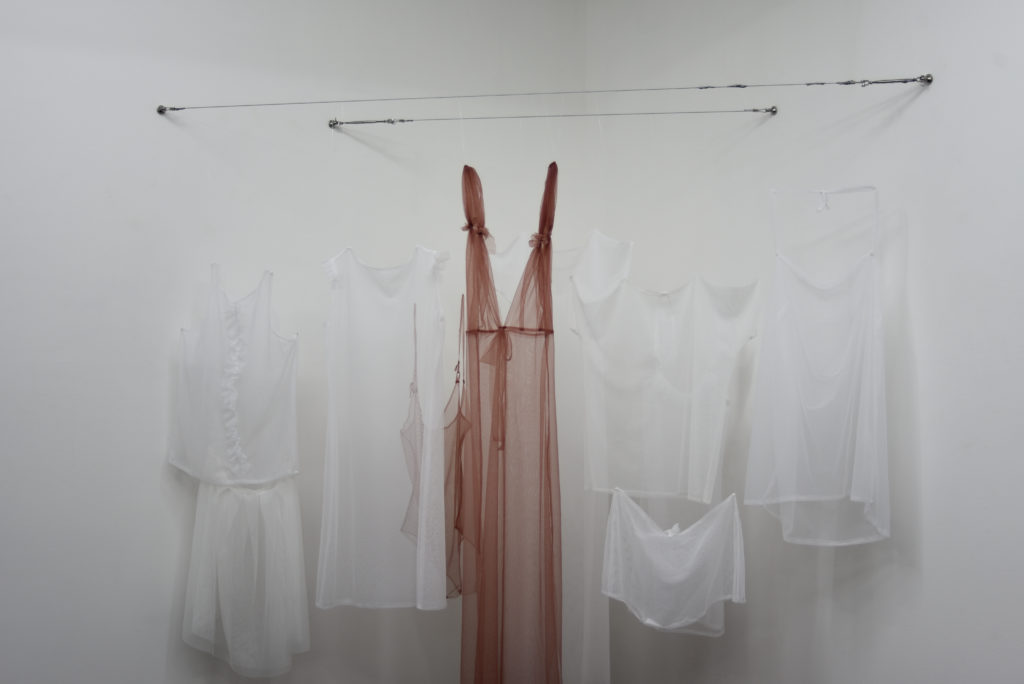
Saviya Lopes : « When physical beauty is idealized/ featured in popular media through out contemporary times of histories, it in fact reduces human bodies to sexualised objects. This work Birthday Suit consists of garments stitched out of sheer fabric. The sheer fabric garments are a critique to the sexualization of gendered clothes, where eventually the stitched clothes do not confine themselves to a particular form or social construct. In turn accepting the bodies we have beneath them. »
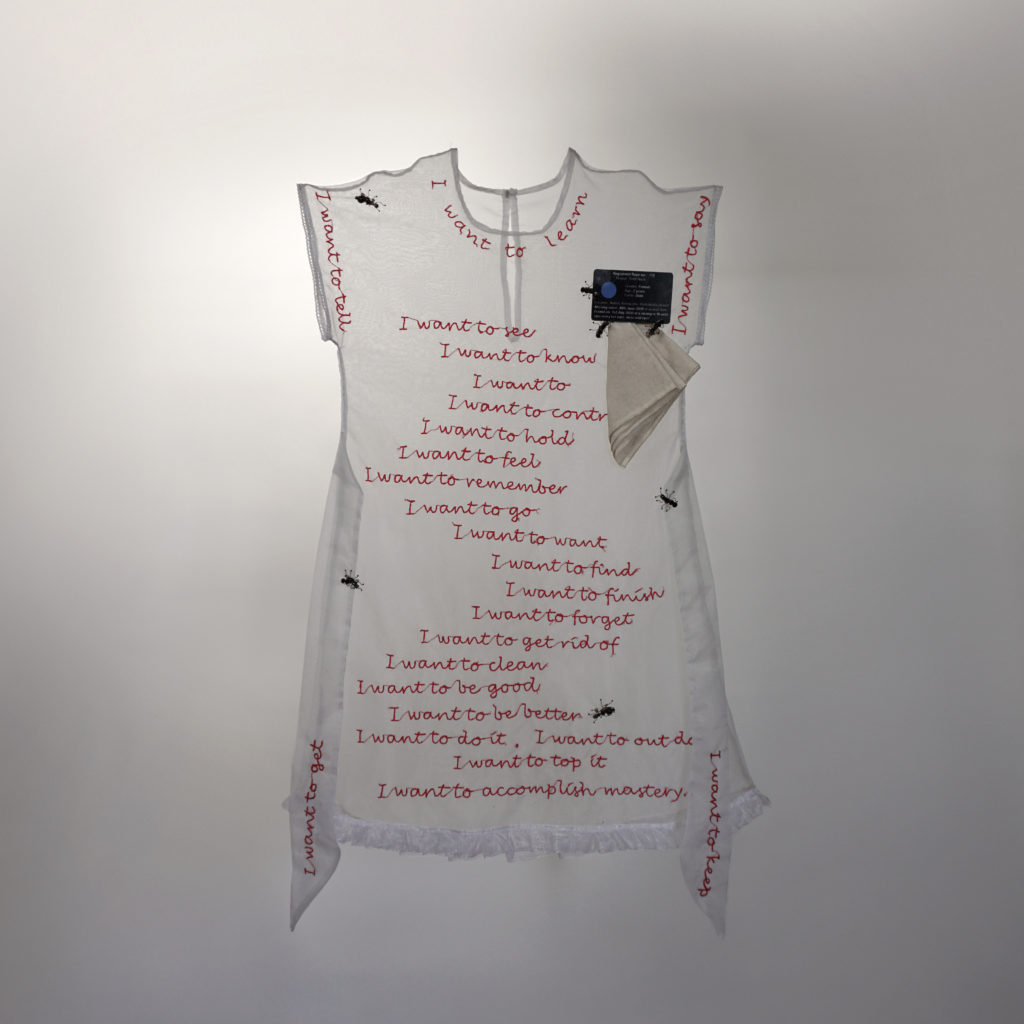
Saviya Lopes : « There is no single answer to the question of why so many women/girls are so often victims of violence and rape. However, when women and girls are repeatedly objectified and their bodies hypersexualized, the media contributes to harmful gender stereotypes that often trivialize violence against girls. This work At the age of seven reflects on the caste based sexual violence in India. The work tries to narrate the story of a seven year old who was raped and murdered. »
***
Saviya Lopes is a twenty-seven year-old young woman who lives in Bombay which is the capital of the Maharashta state which counts 112 millions of inhabitants. She is a plastician artist and is also at the head of an art community center called the Clark House Initiative. Her artworks have been exhibited in the Dakar Biennale, in Ireland, in South Korea and in the Centre Pompidou in Paris. (P. H.-SC.)
An Indian woman whose name is Lopes
The Tereza I know
I was born in a catholic family and raised in a place called Baçaim, which is now known as Vasai. This place has a vast history, which often goes un-noticed by many. A history, which is at times forgotten in the context of colonisation. A history that forms a very base of Bombay as an island city. I get my family name and culture from this very history of Bassein as a Portuguese colony. That somehow is also a part of my practice where I keep questioning and also exploring my heritage/history. The question of if I am a Portuguese descendant or not. It’s a complicated identity of an East Indian catholic which I have personally struggled to explain many a times to be honest.
The Saint-Sebastian of Bassin Fort (Fortaleza de São Sebastião de Baçaím) was a very important spot of the Portuguese Colonial Empire in India, which started more or less with Vasco da Gama’s second expedition in the 16th century and ended approximately around 1870 due to the British.
India counts 17 millions of catholics or a little bit more than 1% of the actual population. The first christian communities would have appeared two thousand years ago (The Malabar Church was founded by Saint Thomas). Then, a second evangelization took place in the 16th century after Vasco da Gama’s arrival. (P. H.-SC., source Wikipedia)
Growing up in a catholic family in India can be difficult for a woman given that Catholicism as an institution in itself is very patriarchal. Although I did have some encounters in my growing up years, they didn’t really majorly hamper anything. That can also be because my maternal grandfather was a man of experience. He used to work in Freetown in Sierra Leone. And I somewhere think, that his experience of living and working in Africa whitout his family and among his work colleagues did change the perspectives of his family when he came back here in India.
I wasn’t always a very family oriented person; but eventually over a period of time as I got introduced to feminism and its interventions in the cultural sector, I started looking back at the women in my own family. Especially my maternal grandmother and my mother. I could now see for myself that my family has had a consistent history of matriarchs in the house. I always knew that women ran the household system, but I never knew that they could also be the chief in there. This is where I realised I had to work with them when I speak about conceptual feminism in my practice. By narrating them. By speaking about them. The way they see themselves as women in a male dominated society. So in a way I also had three generations of women (including myself) and their perspectives on womanism.
To be an artist and a womanist
I love how as an artist, one has this sheer form of magic where we can learn to train. The fact that art can channel an array of so many emotions. And it is amazing how we can do so much more than just creating visual pleasure with our hands. The capability that art holds can aid so many different learning processes. Of how it helps in our individual growth.
Speaking of growth, I always think of sewing as a vehicle that channels self-confidence. It helps me develop focus and concentration whilst teaching the importance of patience and self-control. There is a sense of accomplishment that comes with being able to make something on your own. It’s something that continues to give as long as you keep sewing. And that is something I have learnt from my maternal grandmother. I remember how immersed she used to get in sewing and quilting. It was sort of meditative for her. I credit my maternal grandmother and mother for my knowledge of sewing and embroidery. And I always think of how by involving the same methods as my grandmother’s grandmother in my art practice, I am engaging in an act of decolonisation of the mind; which is rather than allowing the corporate consumerism culture to take over our daily lives, I do have the power to make a protest, to revolt. It reminds me of how sewing, quilting, embroidery and other crafts can be powerful tools in the fight against fascism and patriarchy. I think its such a powerful and historically important medium.
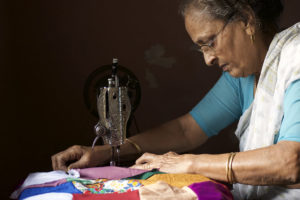
Quilt me a story
When my grandmother talks about how traditionally, women were taught embroidery, quilting and sewing as a way of learning the “feminine” characteristics; it reflects how they learned all of that to advertise their marriageability. To follow a pattern, be neat and passive, and be confined to their houses rather than go out. But given all of this, there was still no way of controlling what they were actually thinking about while they were engrossed in stitching, quilting or embroidery. I relate to it deeply because when I quilt or embroider, the rest can’t make out what I am actually thinking.
When I stitch, not only it calms me down, but also helps me think about so many issues; if I am making a mark on the world of not? If I am contributing effectively to the change I want to see. The medium has been a form of self expression and its use has often been a conscious choice for me. And I must admit that I am a bit inclined towards using the medium of sewing, embroidery and quilting as a means of protest because it does show that personal is political.
When it comes to “personal is political”, I can’t help but think about the body we all possess. I have always loved the body as a form. It’s the first thing we relate with as a medium of being ourselves, mentally and physically the kind of duality a body has. It can be fragile, yet so strong. It can be same, yet so different. The way it can procure love; but can also be abusive. I am often amazed at how simple a body looks; while in reality being so complicated. Of how bodies can at times define culture, beauty and mannerisms. Of how they create a movement and be a part of movements. It puts me in awe of how on a daily basis the body functions as a space that inhabits varied emotions (not to forget the emotional labour it can sustain). The body as a medium gives a realisation of the passing of time as well.
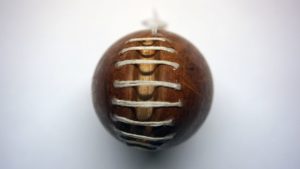
Yes, she is a Virgin
I remember, when I worked on making, Yes, she is a Virgin, I was trying to comment on the Female Genital mutilation that restricts a woman’s body in terms of her sexuality and her sexual well being. While at one point I was trying to speak about how cultural traditions were being/are used against the working of a female body; at the other hand I was making a work for an exhibition at the IMMA (Irish Museum of Modern Art), reimagining the power of the same female body part that was perceived as a shameful in my previous work. So you could see that in one work, the genitals were sewn up; while in the other work, it was being flashed at the viewer as a sign of power.
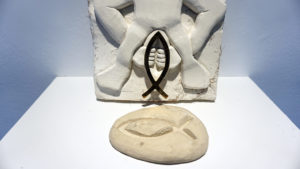
But She had nothing to show for all her labour ( IMMA)
Having said that, I would like to add that we all lack acceptance. Acceptance of the self and of others. Heavenly Bodies is one of my works in progress where the intention behind sculpting these small distinct torsos of the human body is to give importance to each and every body. To respect the individuality of each one and not categorise them into any forms, objects or subjects. Because all that we see today is the struggle to accept our own selves, we are breaking down our bodies and our colours. No particular body, skin colour or gender defines the worth of that individual.
Yet another reason I work around the female body is because I come across so many women dealing with body image issues or how their face looks. It make me anxious when I think of how we as women are subjugated and how we have been taught to aspire for lesser. There are so many barriers for female expressions. Which is why my work revolves around conceptual feminism.
The African experience
To speak about the references of Africa I have in my work, it comes from my grandfather who worked in Freetown in Sierra Leone. Even though I never had the chance to see him in person, his experiences were shared with us by my grandmother in form of an oral travelogue. Most often these stories were narrated to us by her as she kept sewing quilts for the family.

The archives I use in my work belong to my grandfather during his time in Freetown. And I use these personal archives because we often forget of how important they are. Of how they contain the personal view of life’s experiences. They tell stories and increase the sense of identity and understanding of cultures. There is an intimacy that I find in those archives which is not present in the collective, corporate, formalised record keeping system. They tell us more about individuals and institutions. The goal of the using these family archives in my work is to understand whether these possessions that form the family archive could be interpreted as symbolic in terms of broader historical or contemporary narratives. Since there is less research that dives into the relationship between the public and private through possessions in domestic sphere. This project is to also see the various connections between family histories and the wider social context.
The Clark House Initiative
I joined Clark House Initiative in 2015. I visited the space as any other art student. But out of all the spaces I had visited, there was something more towards CHI. I was welcomed with open arms. All the artists were very supportive. It was an autonomous curatorial space. And was more of seen as a space for identity based expressions. It meant access to many artists from different backgrounds; who could approach without the idea of hesitation in regards to their individual identities. And I think the space offered everyone with much more than any other art spaces.
When I was offered to be in the position of the Director in 2018, I was both overwhelmed as well as scared. It was a huge responsibility. Something that was unexpected for me at that age. At an age when I am constantly thinking about my practice and the lack of time towards it due to other responsibilities in the space; I didn’t really think of a goal at the time. All I knew was that I had to include more women in the programme we had at the space. To make it more inclusive. I felt there was a lack of women and young students in spaces. And I did include them with the help of my colleagues. I loved how the space worked in terms of decision making. The inclusion of each and everyone from the space in a certain decision helped make it even better.
Even though Clark House Initiative was successful in its own right, it fell apart as well. In order to talk about the success of such a space, it is also necessary to acknowledge its failures. As a space, if it was the only space that provided access to artists from oppressed communities*, it should have survived on its old premise. And when I say oppressed communities, I hold women as a part of those communities. What I realised was that patronising realities does not help in survival of such spaces. We live in a bubble of consumerist approach.
*The Untouchables (200 millions, 16,5% of the population) or the Aboriginals (100 millions 8,5% of the population), for example (P. H.-SC., source Wikipedia)
The family who hosted us for free for about 8 years until in 2018, needed the space back. So we had to eventually move out. In the same year, one of our co-founders was accused of sexual harassment in the MeToo movement that hit India in 2017. That led us to take a stand of distancing ourselves from the toxicity that came along with it.
The closure of the old space says a lot in regards of the pseudo support it had to its existence, even though it gave rise to some of the most powerful friendships and bonding over time. The space provided all artists to hang out together no matter where they came from, speak freely about caste, class, gender, politics, activism and art. It provided them a space to work together. It was sort of a safe house for everyone to speak freely without fear. And I think the closure highlights the idea of suppression, the hierarchy we deal with, in this art system and the quest to be equal, because the higher authority can always shut one up when they start questioning the authorities about the discriminative class/caste system. It questions the survival of such spaces. So yes, there were many difficulties that I hadn’t expected. But it also helped me become stronger. I would really credit my colleagues for their continuous and firm support.
Even though Clark House Initiative is currently on a break due to the pandemic and lack of space, we hope to start the programming soon.
If I have to achieve something, it would be to normalise “acceptance” and “accessibility”. These both I believe help in navigating the spaces we come across or inhabit.
***
To conclude

Gender : Female / Age : 7 years / Caste : Dalit
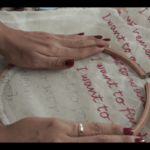

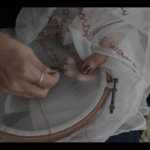

(Photos © Saviya Lopes)
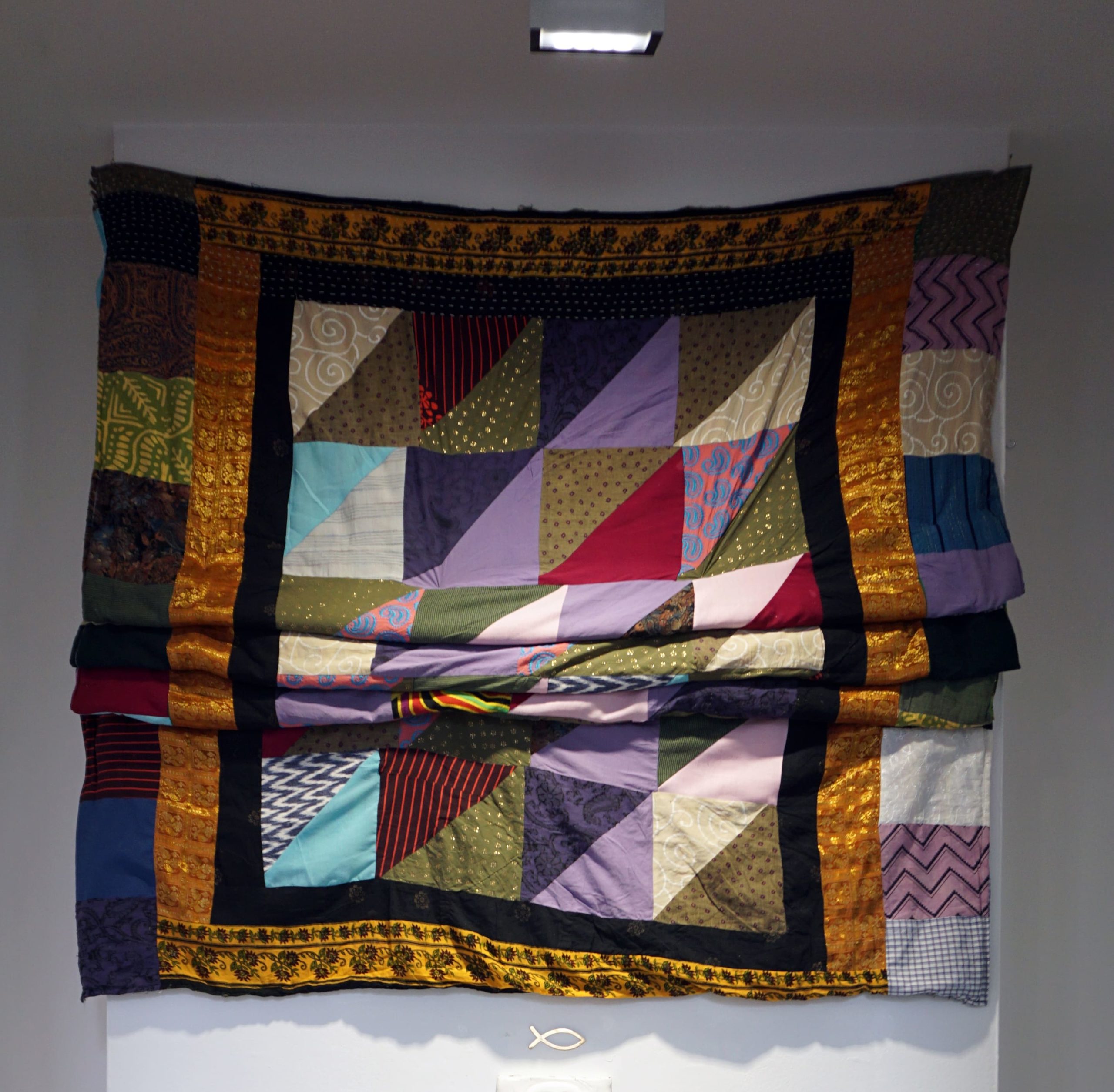
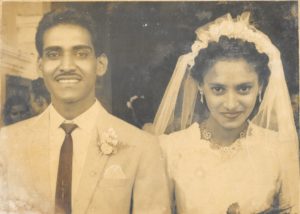
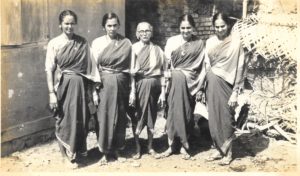
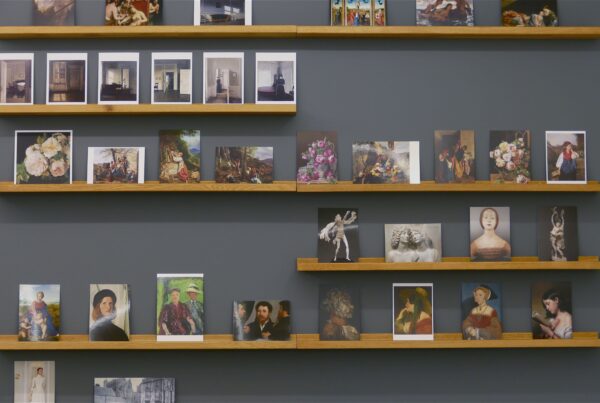

Superb. Saviya Lopes. Well done. proud of you. Keep going. Best wishes always with you.
Interesting article.
As for the use of sheer fabric, I don’t feel it’s something to prevent the body from gender clichés, as it is a kind of epiphany of the body with its sexual attributes made obvious. Even if they are not underlined by some clothing codes, they are far from equalizing them, I’d say …
This last work about the little girl is for me like a terrible muted shout, I would somehow like this sort of memory tribute to sound louder, with her name being mentioned , meaning she was also a unique, and not only a representant victim of horrors…but it could be her body had not even been identified…
But I understand you seem to adopt the most discrete way of taking it in charge… and the silence of this white stitched linon/ shroud (?) is talking of the muting of all little girls like her.
I feel also a uncomfortable with the naming of women as a community, aren’t we much more than a community, we are the half of the humanity.
Also : what is the difference you make between womanism and feminism?
Stitching : meditating, and mending, together, fabric, and psyche. And creating beauty through mending.
So, go on !
I invite you to have a look to Carolle Benitah’s embroidery work on photographies, that could dialogue nicely with your work :
https://loeildelaphotographie.com/fr/carolle-benitah-photos-souvenirs/